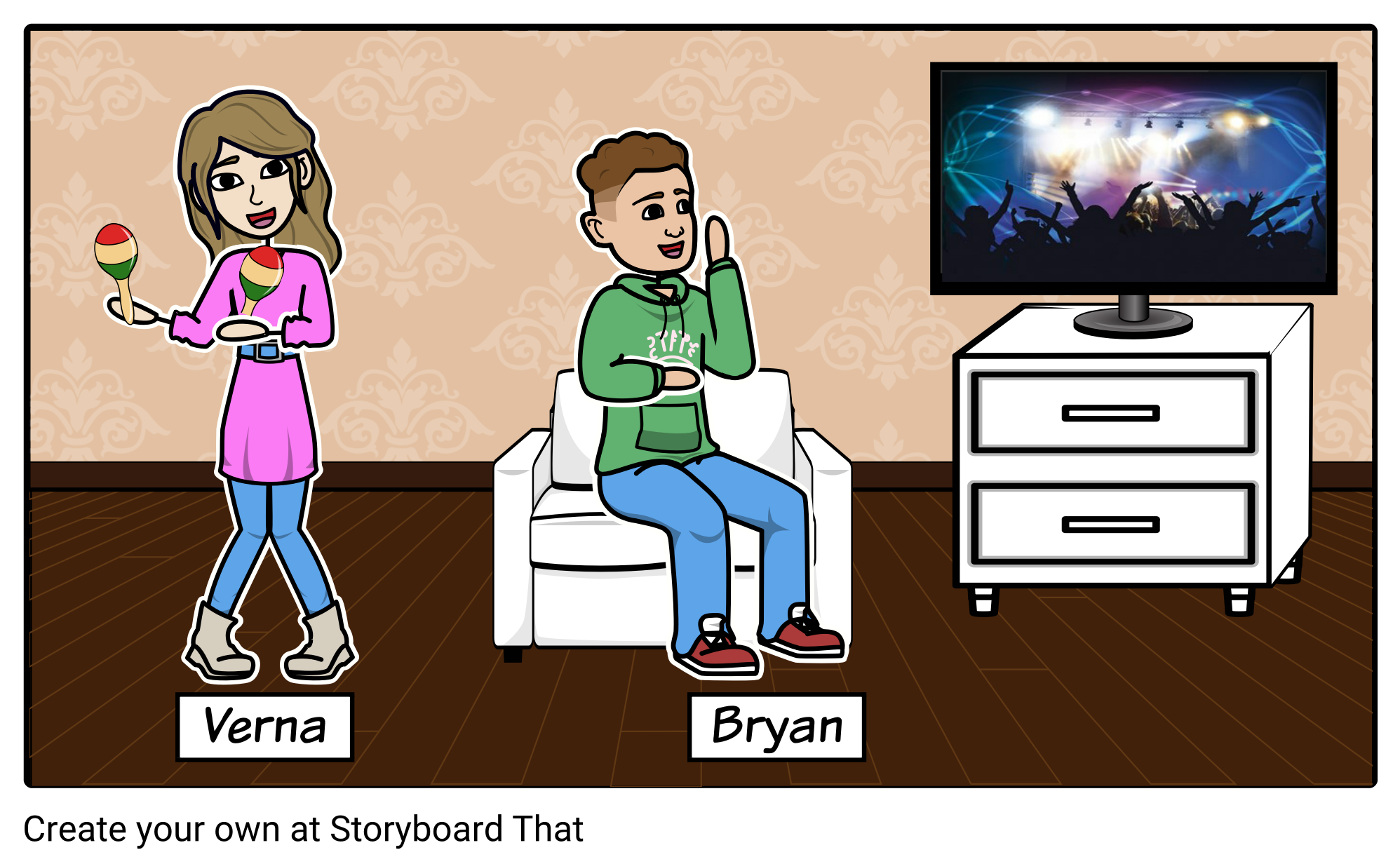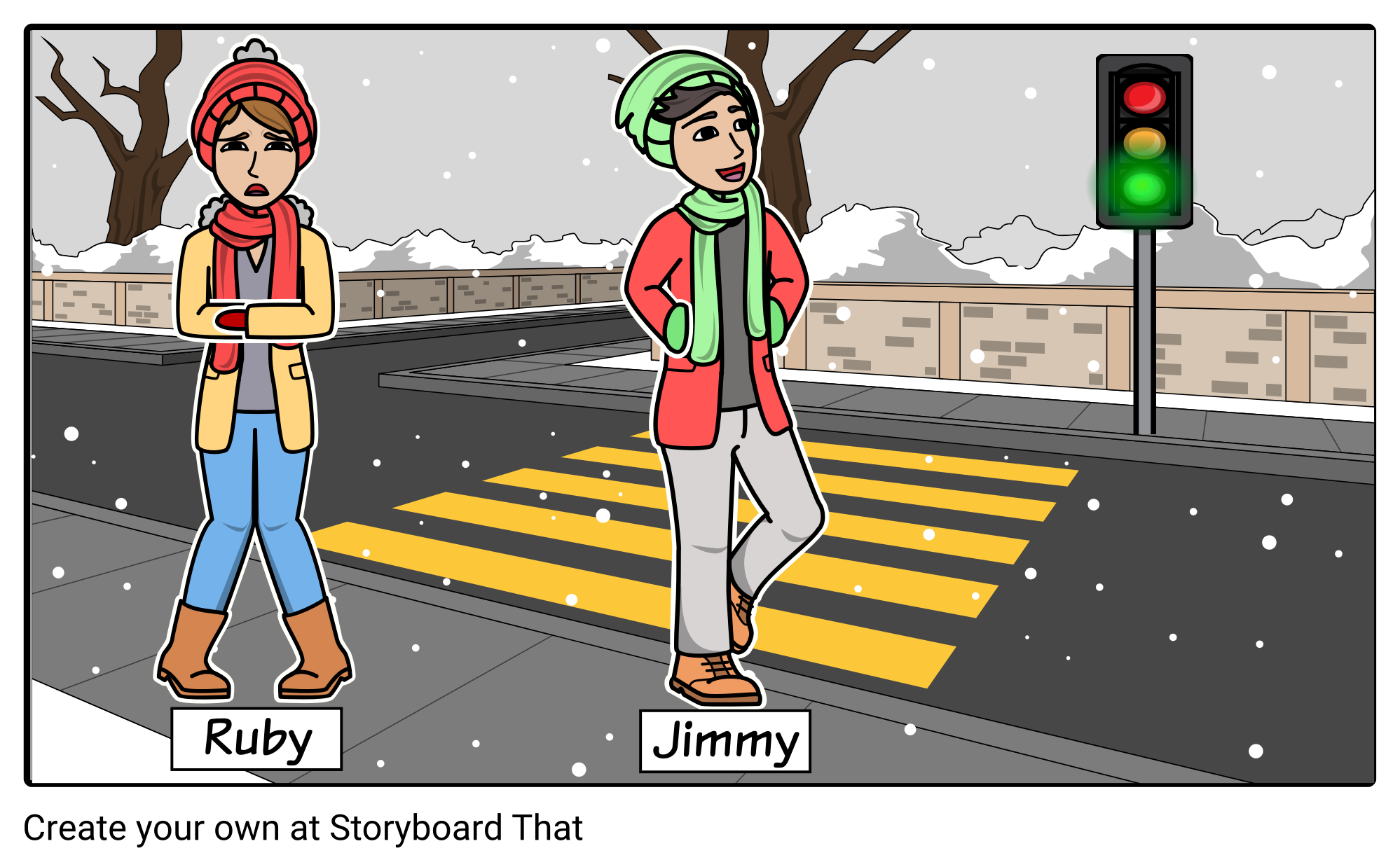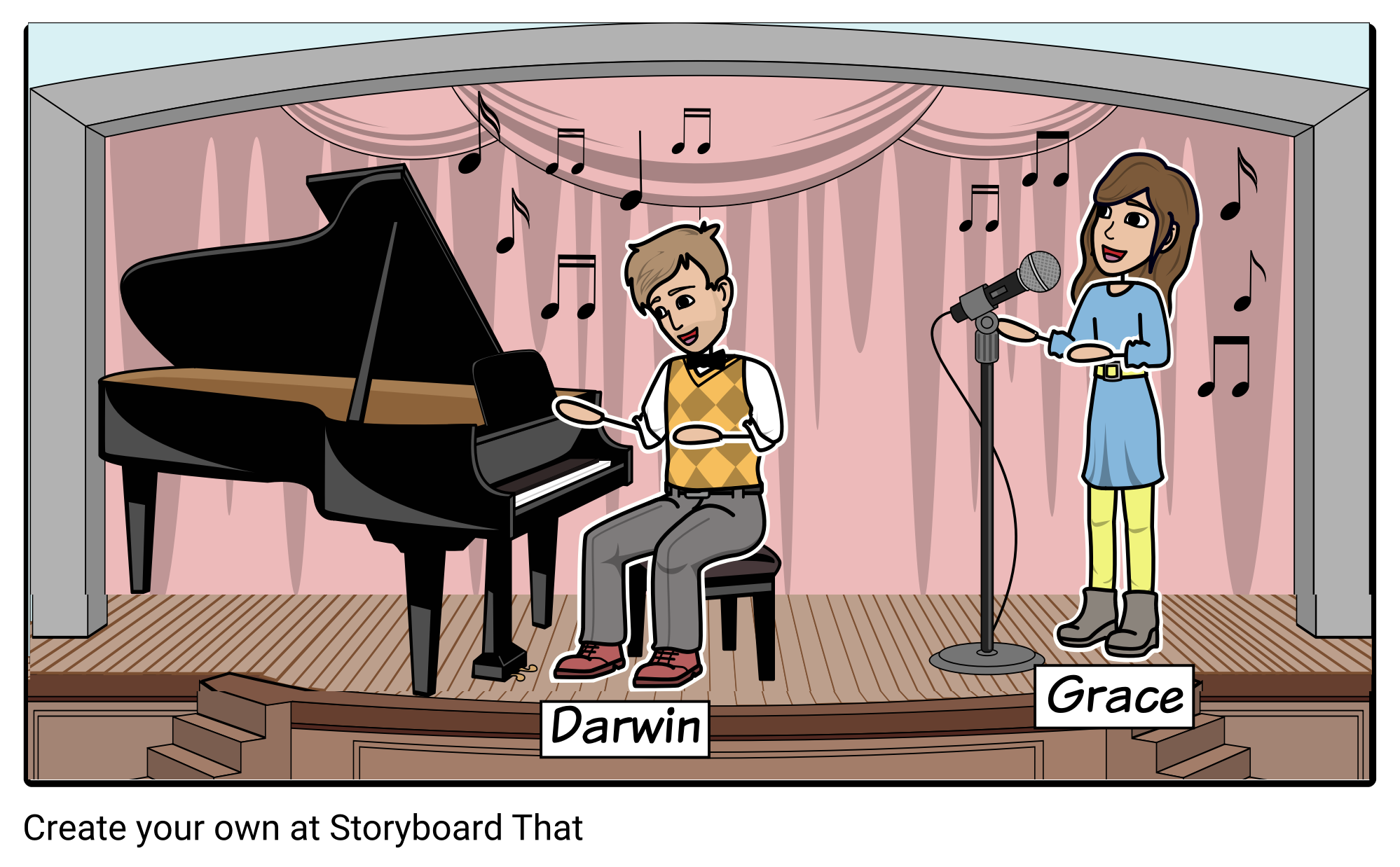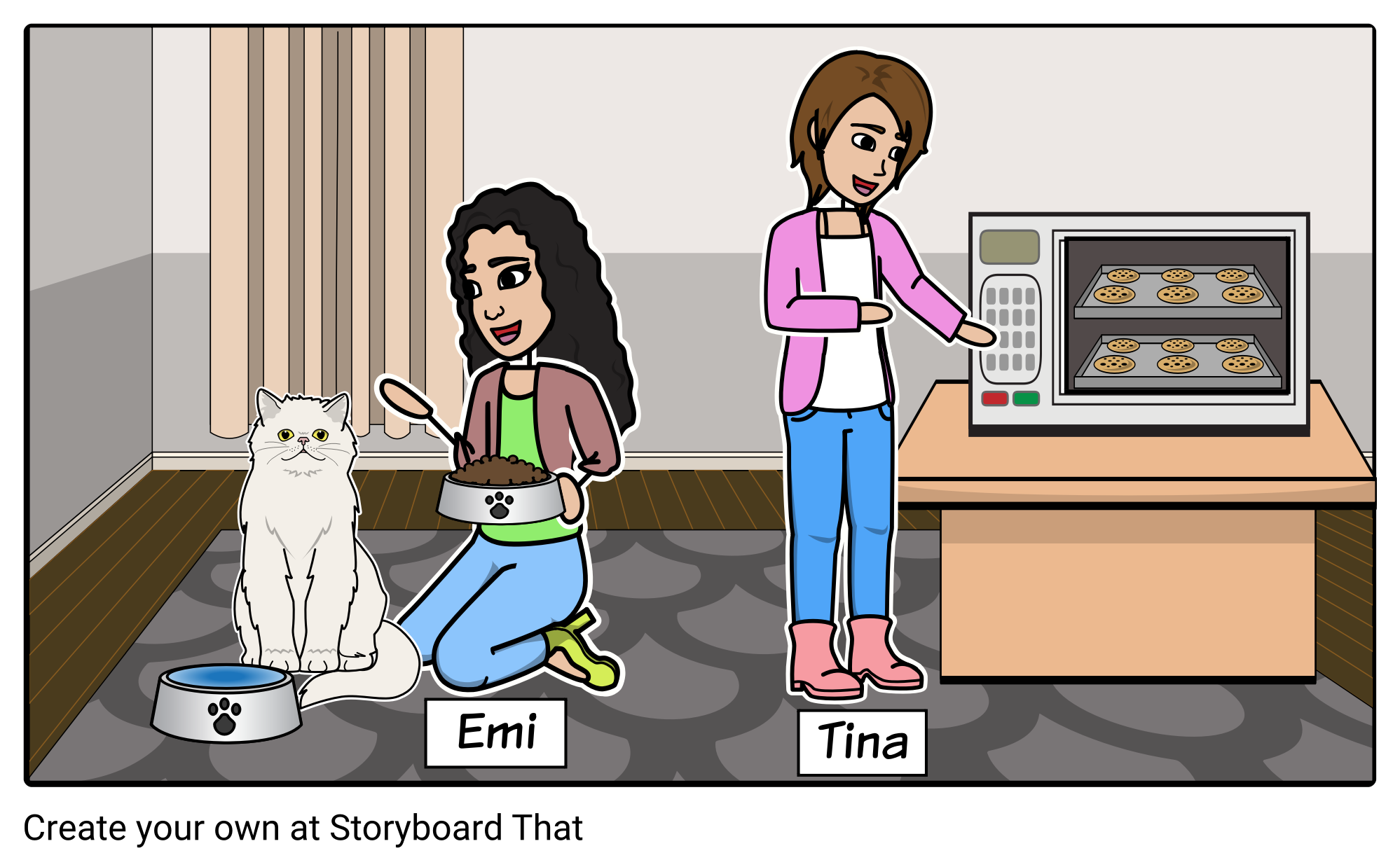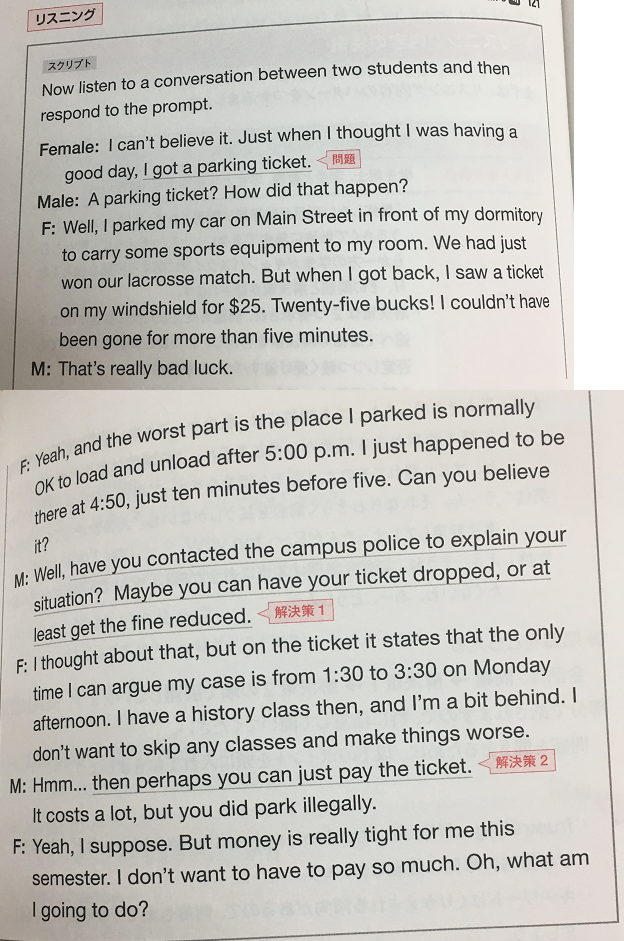You have 1 minute to prepare.
Your 1 minute starts now.
| 1. | How would population decline affect the environment? |
| 2. | Is genetic recombination unethical? |
| 3. | Should all countries accept immigrants? |
| 4. | Should criminals be punished or rehabilitated? |
| 5. | Agree or disagree: The government should ban child labor. |
Your 2 minutes starts now.
| 1. | |
| 2. |
You have 1 minute to prepare.
Your 1 minute starts now.
| 1. | How would population decline affect the environment? |
| 2. | Is genetic recombination unethical? |
| 3. | Should all countries accept immigrants? |
| 4. | Should criminals be punished or rehabilitated? |
| 5. | Agree or disagree: The government should ban child labor. |
Your 2 minutes starts now.
| 1. | |
| 2. |


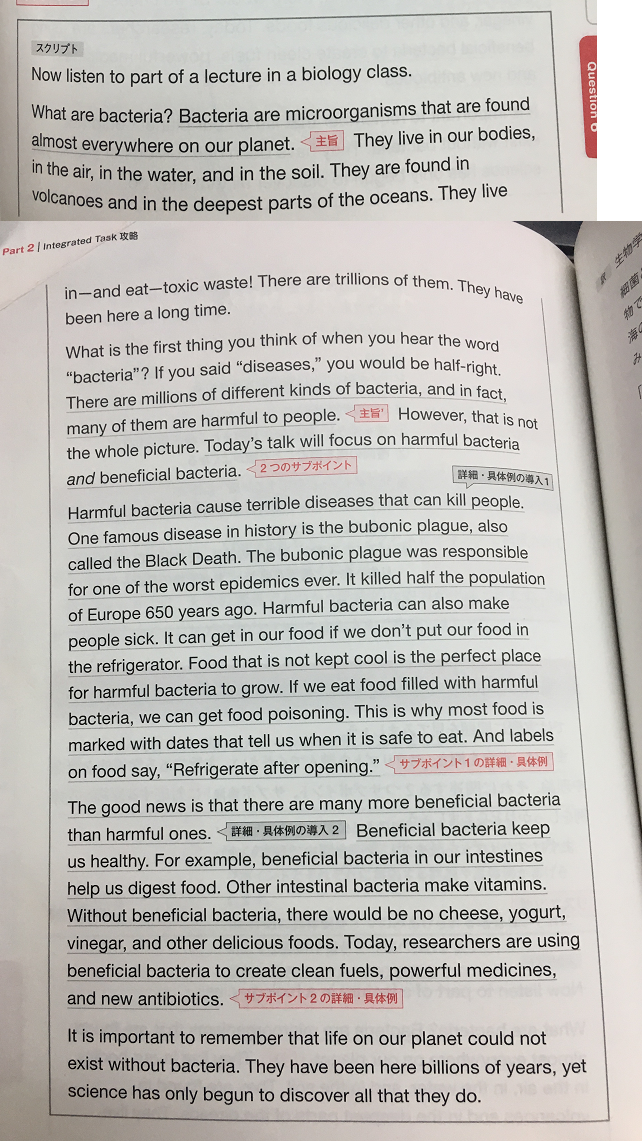

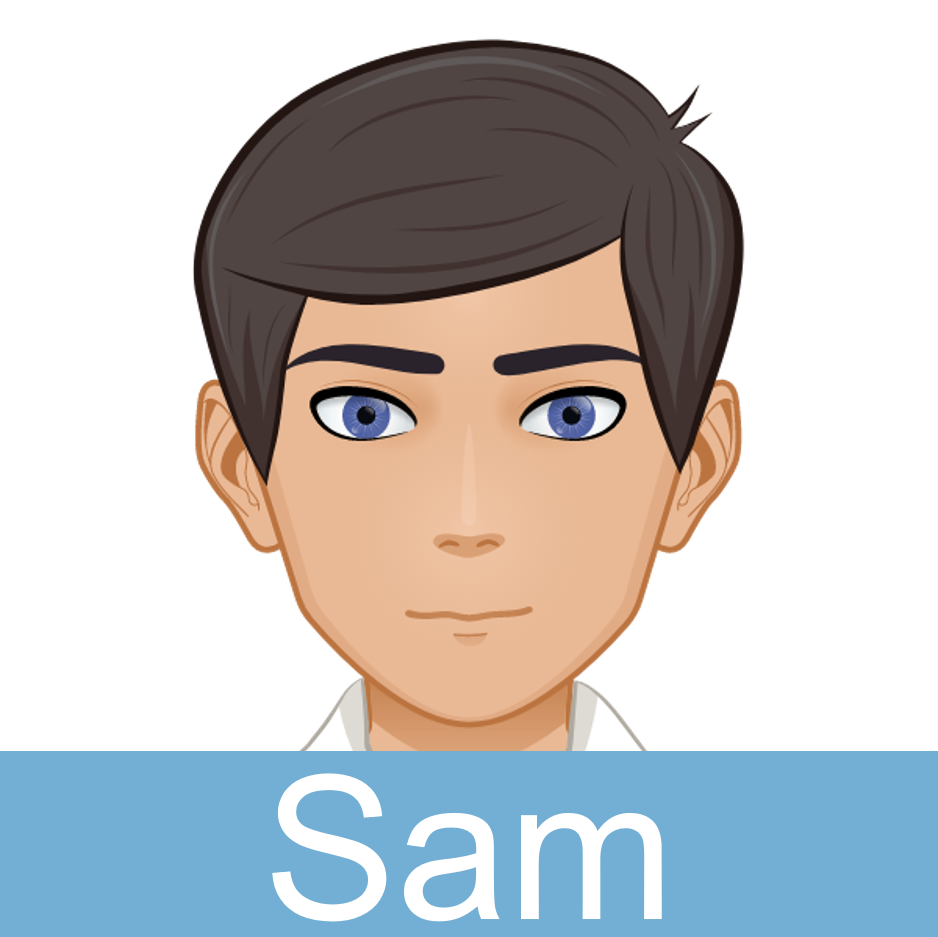

 GOOD
GOOD 

